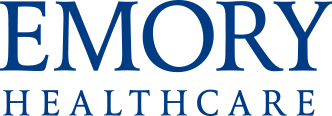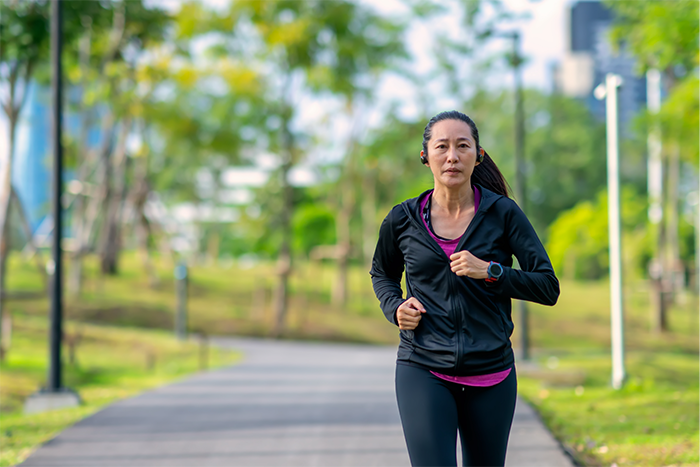ACL (anterior cruciate ligament) injuries are one of the most common—and most serious—injuries in soccer. They can sideline players for months and require extensive rehab.
“Soccer involves a lot of quick pivots, jumps and sudden changes in direction, creating an environment where ACL injuries can frequently occur,” says Dr. Jackson. "In fact, research indicates approximately 40% of all soccer-related knee injuries are ACL-related.”
Interestingly, female soccer players are significantly more likely to suffer ACL injuries than male players—up to eight times more likely, according to research. Why? Several factors come into play:
- Anatomy: Women often have a wider pelvis, which affects the angle of the knee (called the Q-angle), increasing stress on the ACL.
- Hormones: Hormonal changes during the menstrual cycle can affect ligament flexibility and stability.
- Movement Patterns: Female athletes are more prone to non-contact ACL injuries—like those that happen during landing or changing direction—while male players more often experience ACL injuries from direct contact.
Understanding these differences is key to prevention. That’s why the Emory Soccer Medicine team emphasizes customized injury prevention programs tailored to each athlete’s needs. These programs focus on strength training, proper technique and conditioning strategies that reduce the risk of ACL injuries—especially for female players.
Helping players return to the field
When an injury happens, the Emory team’s top priority is helping athletes recover safely and return to the game stronger than ever.
It starts with a thorough diagnosis. “We take time to understand the athlete’s symptoms and how the injury occurred,” says Dr. Jackson. “We may use advanced imaging like MRIs to have a clear understanding of the injury's severity and underlying causes.”
From there, the team creates a personalized treatment plan. Many soccer injuries don’t require surgery—in those cases, athletes follow a structured rehab program that may include:
- Physical therapy
- Therapeutic exercises
- Pain and inflammation management
If surgery is needed, a fellowship-trained orthopedic surgeon will guide the process. Recovery then becomes a team effort, involving:
- Athletic trainers
- Physical therapists
- Massage therapists
- Strength and conditioning coaches
Athletes discuss their treatment plan in-depth with the Soccer Medicine team to better understand their injury and recovery. It’s important the athlete is committed to their recovery.
“We use a variety of techniques—like ultrasound therapy, dry needling and hip mobilization—to support healing,” says Dr. Jackson. “We also focus on sport-specific training to help players regain confidence and reduce the risk of re-injury.”
Throughout recovery, the team uses real-time ultrasound imaging to monitor progress and adjust the rehab plan as needed.
Resources for coaches
Coaches play a vital role in keeping players healthy. That’s why Emory Soccer Medicine offers resources and guidance to help coaches recognize injuries, manage recovery and prevent future issues.
“We believe all that every member of the team, from coaches to players, should be equipped with knowledge about injury prevention, first aid and rehabilitation techniques,” says Dr.Olufade.
In addition to partnering with Emory Soccer Medicine, Dr. Olufade recommends coaches explore resources from U.S. Soccer and FIFA, which offer valuable tools for promoting player health and safety.
“By fostering a culture of awareness and preparedness, we can collectively contribute to a safer and more effective training environment,” he says.
About Emory Soccer Medicine
Whether you’re a weekend warrior or a professional athlete, your soccer injury deserves expert care. The Emory Soccer Medicine Program brings together top sports medicine physicians, physical therapists, athletic trainers, and sports scientists to help players of all ages and skill levels stay healthy and perform at their best.
Appointments are often available within 48 hours. Schedule your visit online and get back in the game with confidence.




